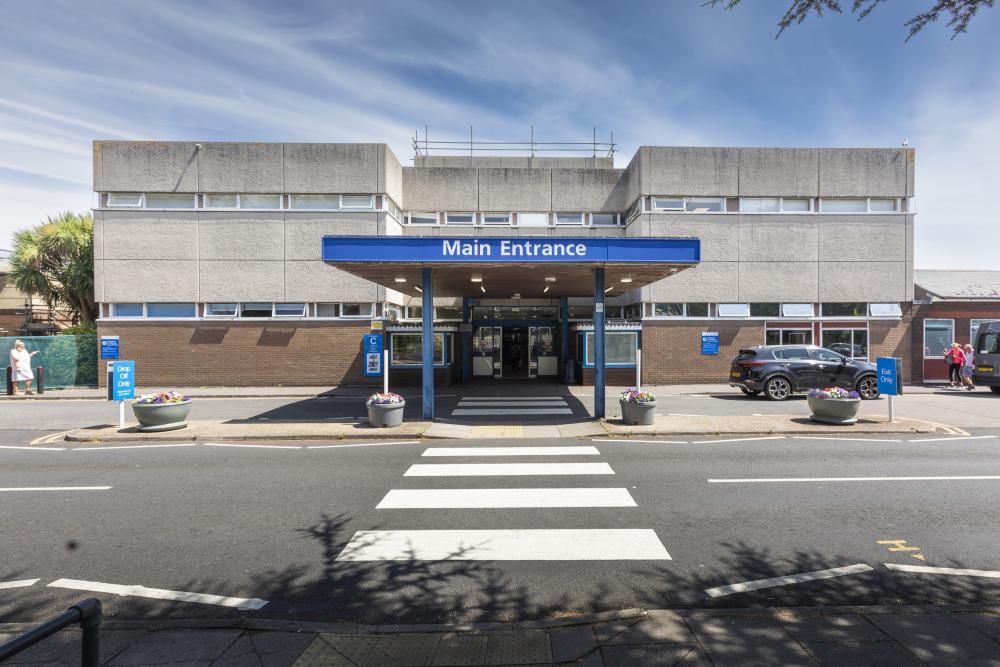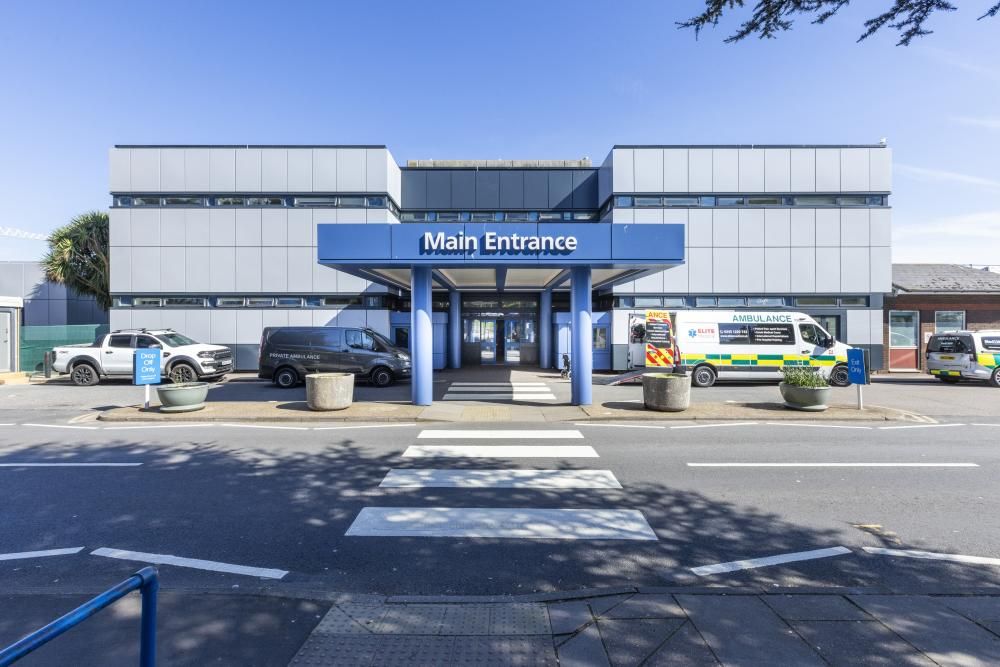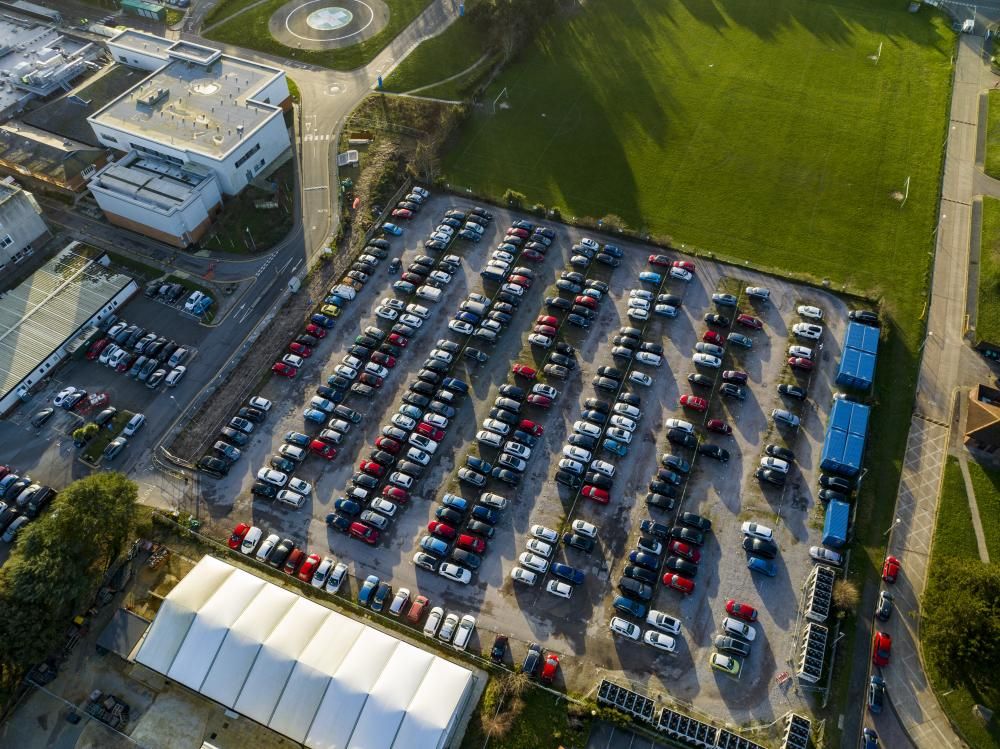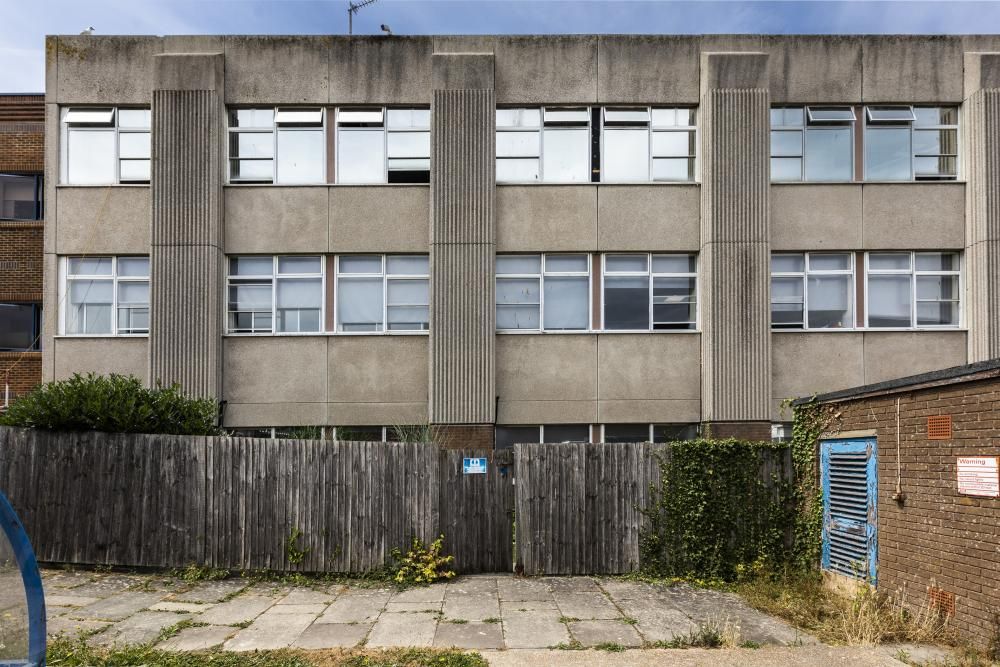Transforming the way our NHS powers their hospitals
Eastbourne District General Hospital substitutes gas for grid and solar
A 1970s NHS hospital has been updated and transformed thanks to an ambitious decarbonisation project that has moved heating and hot water away from gas.
Serving the community of East Sussex, which has a population of more than half a million residents, Eastbourne District General Hospital hosts a 24-hour emergency department, urology centre, acute stroke services and day surgery, alongside a midwifery-led maternity unit.
Underpinned by a net zero 2040 target East Sussex Healthcare NHS Trust, which runs the hospital, has progressed a programme of works that moves the building away from fossil fuels for heating and hot water.
This programme has since been attributed as the ‘backbone’ of the trust’s energy saving plans and has been credited for transforming the façade of a dated building to give it a more modern look and feel.
Mark Paice, trust assistant director of capital and property, said: “The project is the backbone of our decarbonisation plan.”
The project is the backbone of our decarbonisation plan.
The project, which was designed in partnership with the Carbon and Energy Fund (CEF), focused on the replacement of old, gas-based heating system with an air source heat pump. Energy efficiency measures were also incorporated through roof insulation, rainscreen overcladding and double glazing.
Additionally, a large solar array was installed on their main staff car park. Energy generated through these means it is being used to directly offset some of the additional capacity required to run the air source heat pump.
Mark added: “We have a history of working with the Carbon and Energy Fund to help achieve the NHS target of an 80% reduction in direct emissions by 2028-2032.
“Through working with the CEF we realised that the route to achieving this would be to rely on the decarbonisation of the grid and that, with the reliance on electricity, we needed to develop a holistic approach to ensure both financial and carbon sustainability.”




Experts now say that the combination of energy generated through the solar farm, coupled with the decarbonisation of the grid, makes Eastbourne District General Hospital the first NHS hospital in the UK to be powered entirely through renewable energy.
To support the project, the trust was awarded £27.9 million in funding through Phase 3a of the Public Sector Decarbonisation Scheme. Funding is delivered by Salix on behalf of the Department for Energy Security and Net Zero.
At a functional level, the lining upgrades have provided insulation that matches that of a brand-new building. At a surface level, these upgrades are being praised for giving an old building a tidy, modern look.
Looking ahead, the trust has secured further funding through Phase 3c of the Public Sector Decarbonisation Scheme. The 3c project focuses on connecting the department of psychiatry and the endoscopy buildings to an existing onsite heat network and double-glazing upgrades for the department of psychiatry.
Hira Raashid, programme manager at Salix, said: “We look forward to working with the trust again on further works that continue to support their net zero ambitions.”
Watch the video from contractor Veolia to learn more about the works and celebrate the successes seen so far.

Watch the short video, produced by contractor Veolia, speaking to the range of measures installed helping the hospital to reach its net zero target
Credit: Veolia




What is the Carbon and Energy Fund?
The Carbon and Energy Fund is a framework provider for the public sector that works with member NHS trusts and local authorities to deliver improvement across aging energy assets and infrastructure. It believes that, by creating the right net zero scheme for each estate, it enables organisations to move from targets to practical action.
Read more about the fund via its website.



